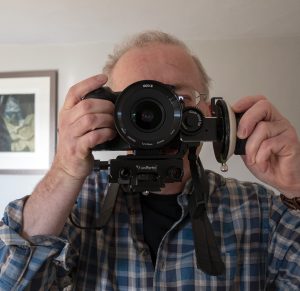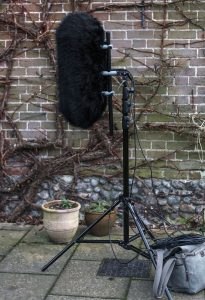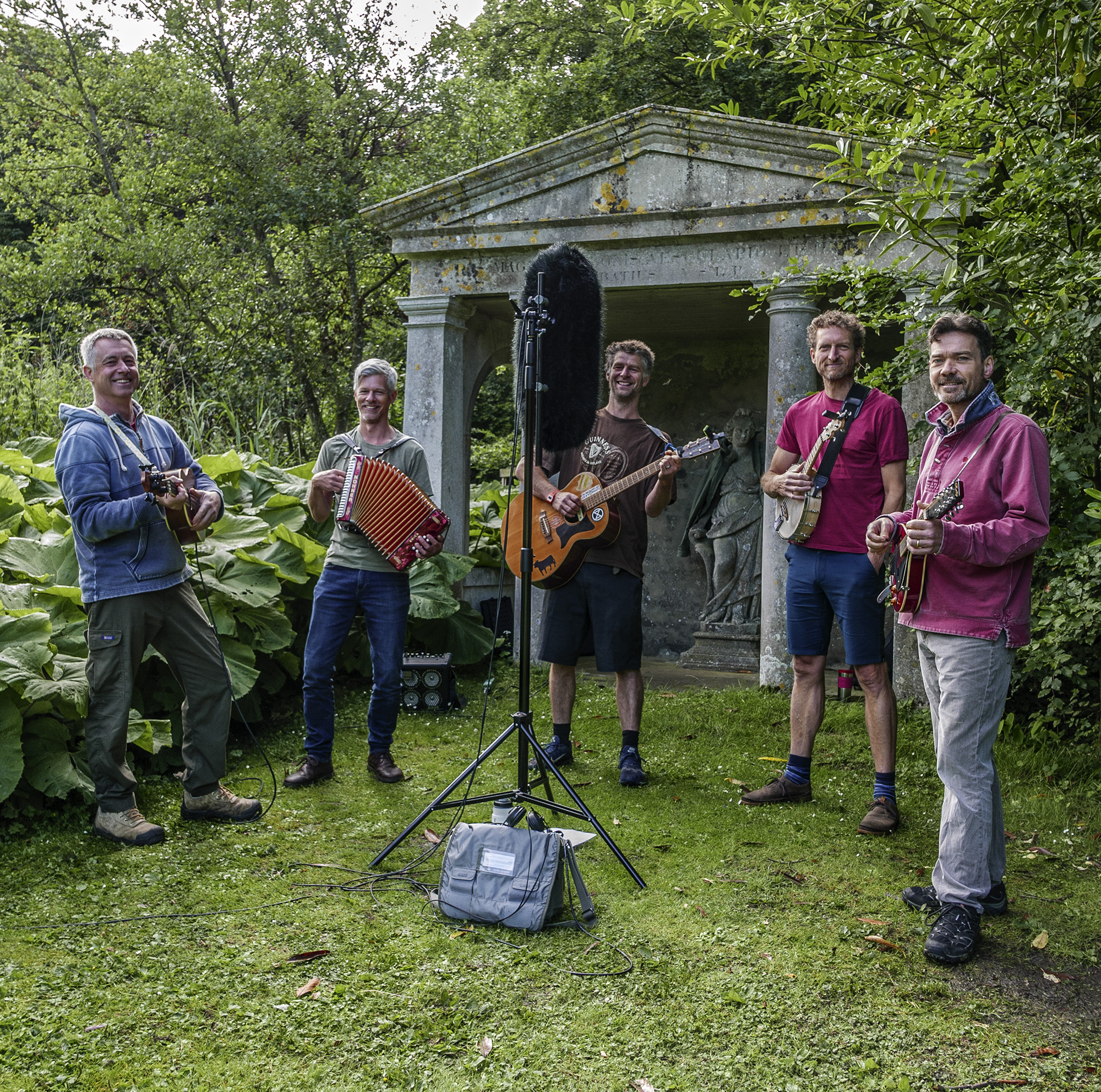 After years of Nikon DSLRs for stills (from D70 to D810) I have recently adopted Micro Four Thirds (M43) for both stills and filmmaking: with close-focus like most in their 50s, a mirrorless camera with electronic viewfinder seemed a wise move, and I was getting sick of lugging a rucksack of full-frame gear up scaffolding ladders to the top of cathedrals and castles for the day job. I already had a couple of M43 bodies (Lumix GX80) and some Panasonic lenses, so added a few more lenses and a Panasonic Lumix G9: in 2020/2021 this is a real bargain, with 10-bit internal recording giving near-GH5-like video, on top of much better stills (not least the 80MP high-resolution mode).
After years of Nikon DSLRs for stills (from D70 to D810) I have recently adopted Micro Four Thirds (M43) for both stills and filmmaking: with close-focus like most in their 50s, a mirrorless camera with electronic viewfinder seemed a wise move, and I was getting sick of lugging a rucksack of full-frame gear up scaffolding ladders to the top of cathedrals and castles for the day job. I already had a couple of M43 bodies (Lumix GX80) and some Panasonic lenses, so added a few more lenses and a Panasonic Lumix G9: in 2020/2021 this is a real bargain, with 10-bit internal recording giving near-GH5-like video, on top of much better stills (not least the 80MP high-resolution mode).
But, for video, there is the real issue of manual focus: Panasonic lenses are all focus by wire, as is increasingly the way of the world (e.g. the new Nikon Z lenses). Without proper physical manual focus I wouldn’t be able to use a follow focus. I wasn’t that impressed using my manual focus Nikkor lenses with adapters. OK, I had manual focus, but they are not really designed for video. So begun a bit of research on proper cinema (or cine) lenses for M43 cameras, in the course of which I stumbled across the Meike T2.2 lenses (see Humcrush Productions for the most thorough review of these by far), and have just kicked off with the 16mm. This gives me 32mm full-frame equivalent (I wonder how long I will keep thinking in terms of equivalence?), which is (for my purposes) the most useful focal length – a slightly wide field of view. This changes using the Ex Tele Conv mode, which I have set up at the touch of a button, giving 45mm equivalent in 4k and 86mm equivalent in 1080p, so that is the effect of two or three focal lengths for the price of one prime lens. It is the first cinema lens I have used since university days and a revelation: tack sharp from fully open and with a lovely long-throw (270 degrees) manual focus, with, of course, the gears built in. And being an M43 lens, rather than a full-frame lens with an M43 mount option, it is a nice compact size. Taking my old Lanparte follow focus, using a compact Smallrig baseplate (1674) and 6″ rods, I now have a wonderfully compact rig (not some behemoth designed to impress) that is easy to handhold steadily. When really needed, I have an external monitor (Swit CM55-C), top handle, and a lightweight matte box/flag (Tilta MB-T15), but none of this renders the set-up too clunky.
Now which Meike T2.2 lens can I smuggle into the house next?

Minimalist rig with follow focus

Rig with top handle

Rig with external monitor and lightweight matte box






